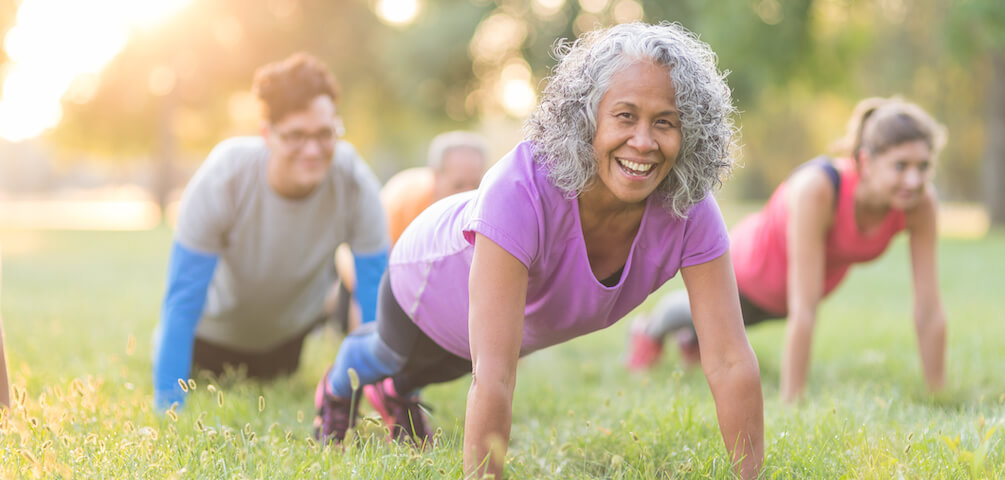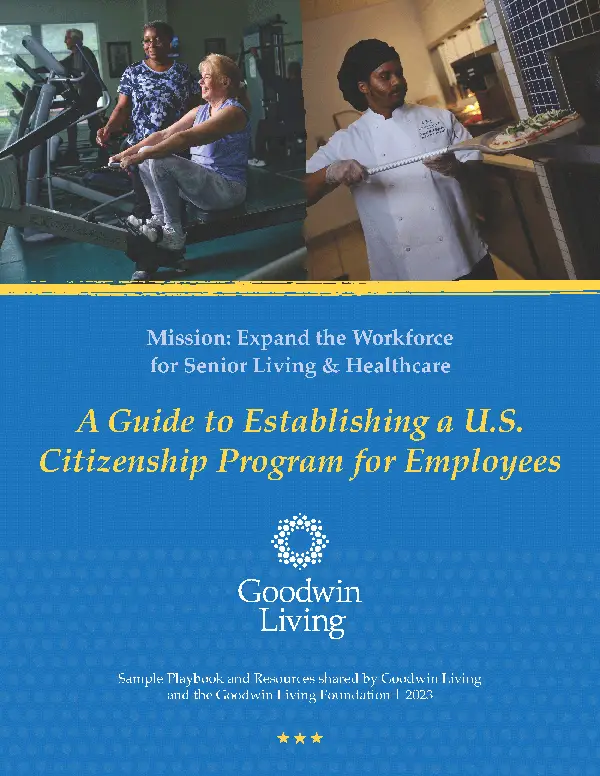
Live Vibrantly - August 27, 2019
As we grow older, exercise can help continue to enhance our physical and mental acuity. Studies on fitness after age 50 show that maintaining wellness routines increases both mobility and cognitive function. Feeling fit keeps us happier, more active and more engaged with family and community, but some exercises can hurt more than help. Workouts we do in our twenties or thirties might strain muscles or injure joints as we get older. As we age, and throughout life, it’s always a good idea to assess your exercise routine and make adjustments now and then.
As our muscles lose strength and our joints and bones weaken, it’s important to cut back on exercises that affect the back and spine. Doing crunches after the age of 50 simply puts too much pressure on the spine, inviting pulled muscles, nerve damage and spinal strain. Planks are a better alternative to crunches and can offer additional benefits, such as improving posture.
Running is great cardiovascular exercise, and those who have trained since youth see a lower risk for injury. However, new or less consistent runners are susceptible to straining their knees and heart. Light jogging or walking can mitigate risks and offer similar aerobic benefits.
Running stairs? Think again. After 50, our balance declines. The chances of a stumble or fall increase, as does wear on the knee joints from the impact of running. A stair-climbing machine at the gym is a suitable substitute — it’s also a practical, all-weather alternative.
Working with weights tones muscles and combats bone loss, but many intricate gym machines become less safe as we age.
You can switch from machines to free weights to lower some risks, but still exercise caution:
Instead of throwing in the towel on an exercise regiment, consider evolving your workout. Walk instead of run. Use lighter free weights and increase repetitions. Do planks instead of crunches. You’ll still maintain fitness and energy while reducing your chances of injury.
Trying lower-impact exercises like tai chi or yoga also can be beneficial for mental and physical well-being. Some yoga programs may be too stressful for older adults. Hot yoga, for instance, can lead to overheating, dizziness and dehydration. Try a beginner Ashtanga-style yoga class instead.
Discovering new workouts can be liberating when you embrace fresh challenges and interests. You’ll learn new skills and meet like-minded people. Being smart about exercise is a fantastic example of employing the wisdom that comes with aging.
